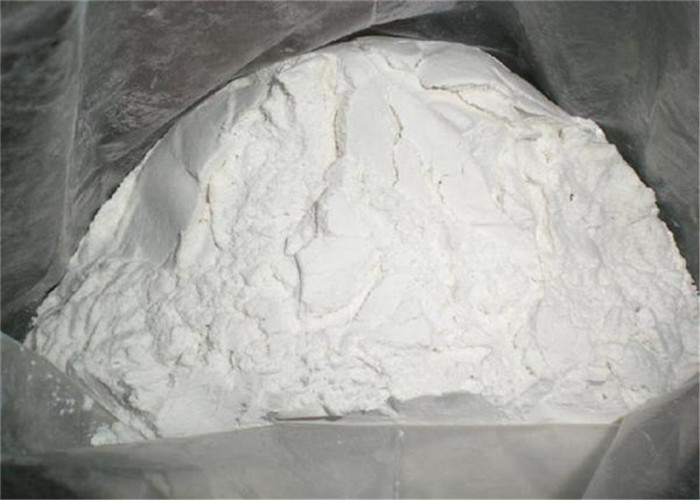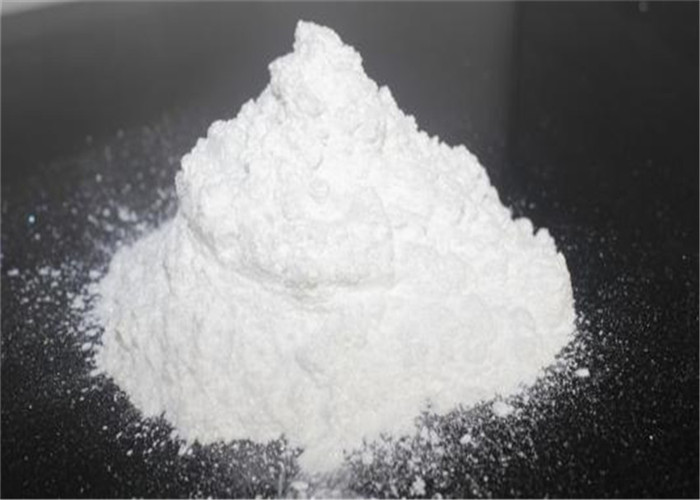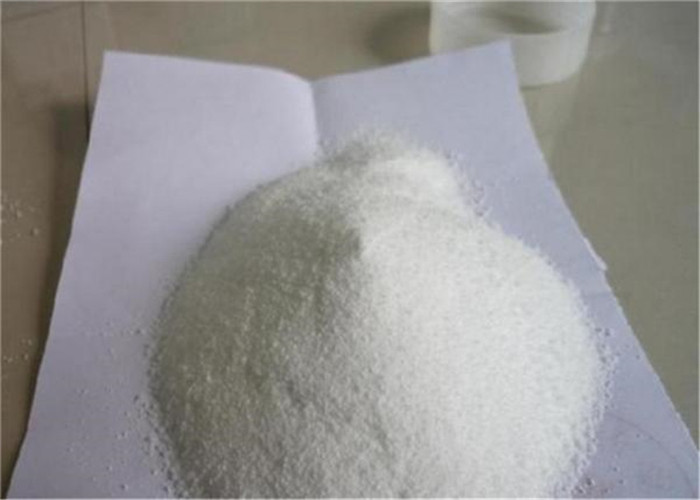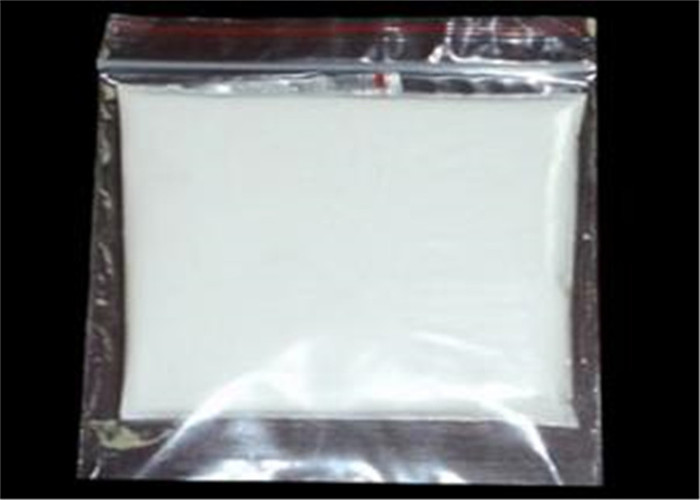Raw Material Local Anesthetic Series Pramoxine HCL For Pain Killer 637-58-1
Abstrait
CAS:637-58-1
MF:C17H28ClNO3
MW:329.86
EINECS:211-293-1
Point de fusion:181-183°
Hazard statements H302-H315-H319-H335
Precautionary statements P301+P312+P330-P305+P351+P338-P261
Hazard Codes Xi,Xn
Risk Statements 22-36/37/38
Déclarations de sécurité 26-36
La description:
Pharmacologic study revealed it to be potent and of low acute and subacute toxicity, well tolerated by most mucous membranes and of a low sensitizing index in man. Like other local anesthetics, paramoxine decreases the permeability of neuronal membranes to sodium ions, blocking both initiation and conduction of nerve impulses. Depolarization and repolarization of excitable neural membranes is thus inhibited, leading to numbness.
Application:
Topical anesthetics are used to relieve pain and itching caused by conditions such as sunburn or other minor burns, insect bites or stings, poison ivy, poison oak, poison sumac, and minor cuts and scratches. Pramocaine and dibucaine are also common ingredients in over the counter hemorrhoid preparations.
Anesthesia, local- Proparacaine and tetracaine are indicated to produce local anesthesia of short duration for ophthalmic procedures including measurement of intraocular pressure, removal of foreign bodies and sutures, and conjunctival and corneal scraping in diagnosis and gonioscopy. Proparacaine hydrochloride and tetracaine are also indicated to produce local anesthesia prior to surgical procedures such as cataract extraction and pterygium excision, usually as an adjunct to locally injected anesthetics. Ophthalmic solutions used for intraocular procedures should be preservative-free. Preservatives may cause damage to the corneal epithelium if a significant quantity of solutionenters the eye through the incision.
certificat d'authenticité:
| Melting range |
170~174°C |
171.7~173.2°C |
| Perte au séchage |
≤1.0% |
0.12% |
| Résidu à l'allumage |
≤0.1% |
0.04% |
| Éthanol |
0,5 % |
0.061% |
| Carbinol |
≤0,3% |
0.10% |
| Acetone |
0,5 % |
Not detected |
| Essai |
98.0%~ 102,0% |
99.98% |
| Conclusion |
The results conforms with USP33 |
Grosses soldes
| Chlorhydrate de propitocaïne |
CAS: 1786-81-8 |
| Chlorhydrate de tétracaïne |
CAS: 136-47-0 |
| Chlorhydrate de procaïne |
CAS: 51-05-8 |
| Chlorhydrate de pramoxine |
CAS: 637-58-1 |
| Chlorhydrate de proparacaïne |
CAS: 5875-06-9 |
| Chlorhydrate de benzocaïne |
CAS: 23239-88-5 |
| Chlorhydrate de lidocaïne |
CAS: 73-78-9 |
| Chlorhydrate d'articaïne |
CAS: 23964-57-0 |
| Chlorhydrate de lévobupivacaïne |
CAS: 27262-48-2 |
| Chlorhydrate de ropivacaïne |
CAS: 132112-35-7 |
| Chlorhydrate de dibucaïne |
CAS: 61-12-1 |
| Chlorhydrate de bupivacaïne |
CAS: 14252-80-3 |
| Articaïne |
CAS: 23964-58-1 |
| Benzocaïne |
CAS: 94-09-7 |
| Lidocaïne |
CAS: 137-58-6 |
| Tétracaïne |
CAS: 94-24-6 |
| PROCAÏNE |
CAS: 59-46-1 |













 Directeur commercial
Directeur commercial